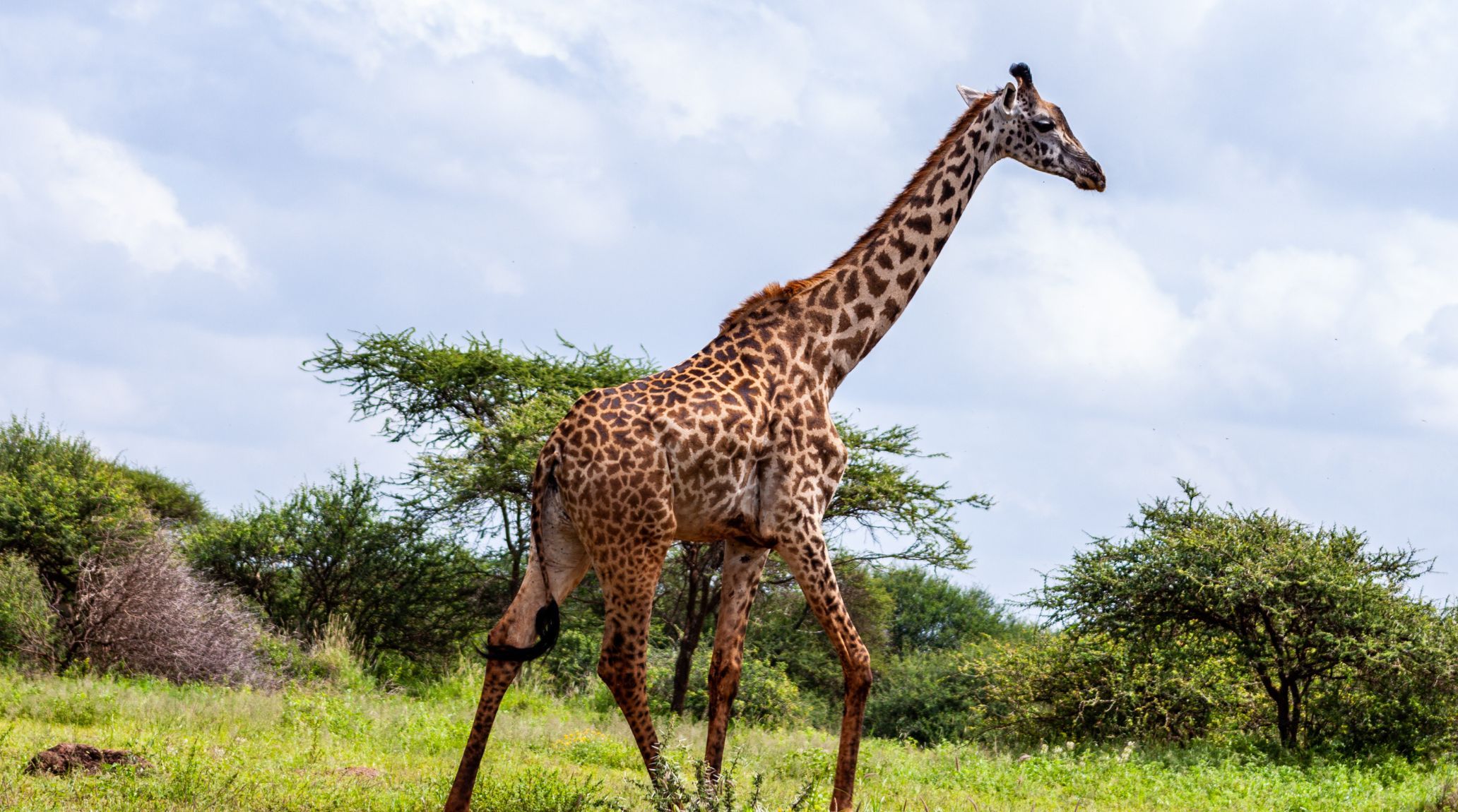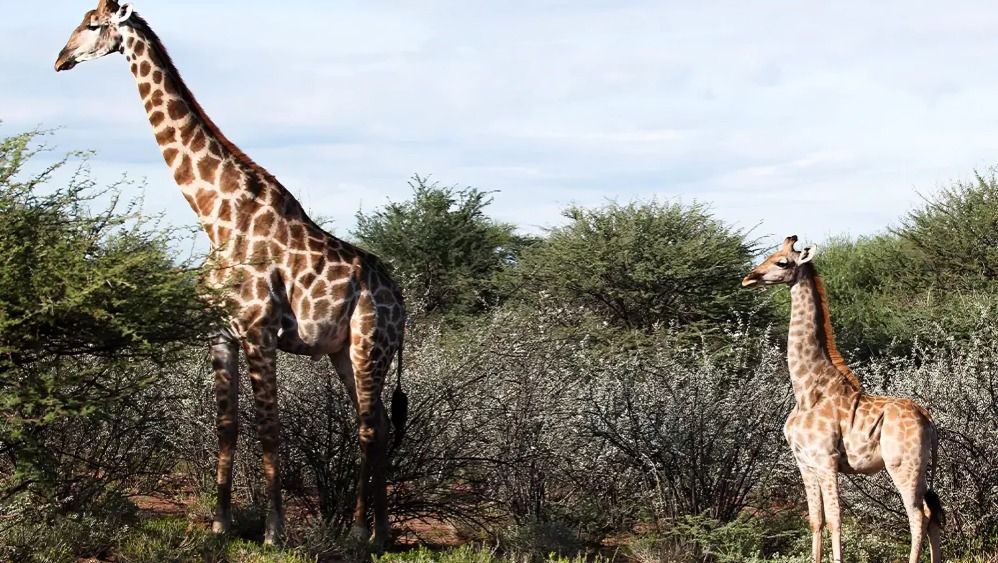
“
Giraffes are renowned for their towering height, distinctive long necks, and unique coat patterns that make them one of the most recognizable animals on Earth. In this blog post, we will explore 20 amazing facts about giraffes, shedding light on their behaviors, adaptations, and the wonders of their natural habitat. From their impressive physical features to their social dynamics and ecological importance, prepare to be amazed by these majestic creatures that roam the African savannas.1
1
”
Giraffes are the tallest land animals on Earth, with males reaching heights of up to 18 feet (5.5 meters) and females up to 14 feet (4.3 meters). Their long necks, which can be up to 6 feet (1.8 meters) long, help them reach leaves high in trees.1
Each giraffe has a unique coat pattern of brown patches separated by white lines, which helps them blend into their environment and provides effective camouflage. This pattern also helps regulate their body temperature.2
Giraffes have a massive heart, weighing about 25 pounds (11 kilograms), which pumps blood up their long necks to their brains. Despite their height, giraffes have the same number of neck vertebrae as humans and most other mammals.3
Their tongues can grow up to 21 inches (53 cm) long and are prehensile, meaning they can grasp leaves and pull them into their mouths. The tongue is tough and flexible, allowing giraffes to strip leaves from thorny branches without getting hurt.4
Giraffes are herbivores, mainly feeding on leaves from acacia trees and other plants found on the African savannas. They spend most of their day eating, consuming up to 75 pounds (34 kilograms) of food daily.5

The tallest giraffe ever recorded was George, a Masai bull at Chester Zoo, UK. Arriving from Kenya on January 8, 1959, he reached 5.8 meters (19 feet) and nearly touched the roof of his 6.1-meter (20-foot). George passed away on July 22, 1969.
Giraffes sleep for only about 4 hours a day in short naps lasting 5 to 15 minutes, mostly standing up. They often sleep with their eyes open to watch for predators like lions and hyenas.6
Female giraffes carry their calves for about 15 months before giving birth, usually to a single calf. Newborn giraffes can stand and even run within hours of birth to escape predators.7
Despite the belief that they don't drink much water, giraffes do need to drink every few days when water is available. They can go longer without water than many other animals by getting moisture from the leaves they eat.8
Both male and female giraffes have horns, but males' horns are usually larger and bald on top, while females are smaller and covered in hair. These horns are called ossicones and are made of bone covered in skin and hair.9
Giraffes are generally quiet animals but can make low-frequency noises, including moans, snorts, and hisses. They also communicate through body language, such as necking (swinging their necks at each other) during disputes or play.10

Giraffes have long eyelashes and a third eyelid to protect their eyes from thorny branches when feeding. Their excellent eyesight helps them spot predators from a distance, allowing them to flee when necessary.
Their tails are about 3 feet (1 meter) long and are used to swat insects away, especially around their faces and ears. The tail's tuft of hair at the end also serves as a fly swatter.11
Giraffes are considered vulnerable to extinction due to habitat loss and poaching, with fewer than 100,000 individuals left in the wild. Conservation efforts are underway to protect their habitats and prevent illegal hunting.12

For the first time, skeletal dysplasia in wild giraffes, causing dwarfism and shorter stature, was documented. Gimli, in Uganda, was 282.9 cm (9 ft 3 in) tall, and Nigel, in Namibia, was 254.4 cm (8 ft 4 in), both showing abnormal bone development.
Giraffes have been around for at least 15 million years and have evolved to survive in various African habitats. Their fossils have been found across Africa and Eurasia, showing their widespread historical range.13
Despite their size, giraffes can run at speeds of up to 55 kilometers per hour (34 miles per hour) in short bursts. This impressive speed helps them quickly escape predators and navigate their environment despite their large, towering frame.14
In the wild, giraffes typically live for 20 to 25 years, while those in captivity can live longer due to better medical care. Their life span is influenced by factors such as food availability, predation, and habitat quality.15
Giraffes have incredibly long necks composed of seven vertebrae, the same number as humans. Despite their length, these vertebrae are elongated and flexible, allowing giraffes to reach high branches and maintain balance while browsing on treetops.16
Due to their towering height, giraffes have the highest blood pressure of any land mammal. This high pressure is necessary to ensure blood reaches their brains from their hearts.17


